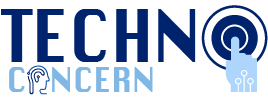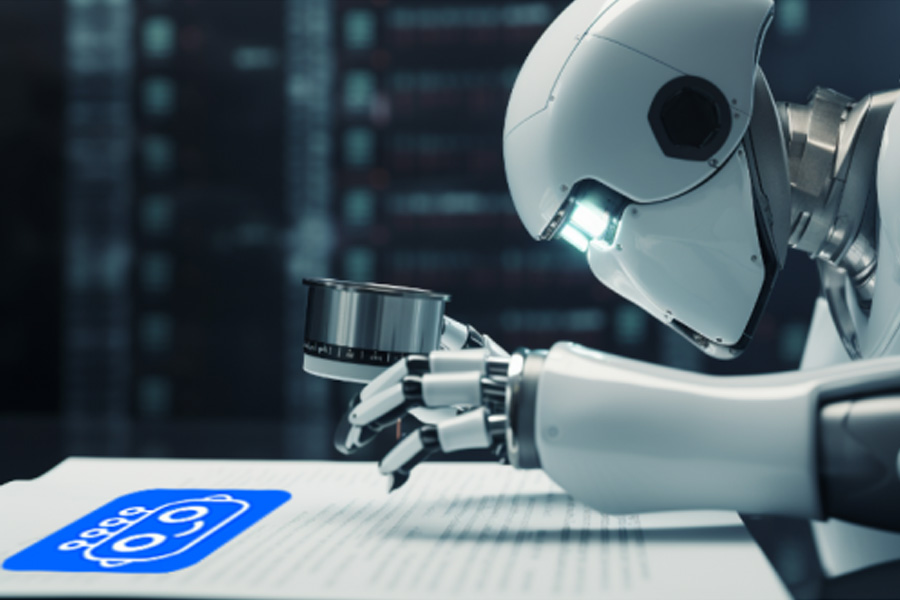The distinction between content generated by AI and content created by humans is becoming more hazy. Artificial intelligence has advanced to the point that machines can now generate text that is almost the same as human-written language. As a result of this growth, instruments for differentiating between data produced by artificial intelligence (AI) and humans are becoming more and more necessary.
The goal is to preserve authenticity and integrity across a range of contexts, from professional communication to academic writing. It will help to understand the need for detectors — man or AI — with their differences and how to choose the appropriate tool.
The Rise of AI-Generated Content
The past few years have seen great strides in artificial intelligence, with NLP at the lead. AI writing tools, including GPT-4, GPT, Claude, and other large language models, have increased in sophistication not only in terms of the ease by which high-quality text can be created but also with the scope of doable topics. In addition to obvious advantages such as efficiency and scalability, AI writing tools come with problems regarding the distinction between human and AI-generated content.
In many cases, AI content is written so well that one can barely filter it out without using special tools. This creates a problem for educators, employers, or any other party who values the authenticity of written content highly. Be it academic integrity, verification of originality of job applications, or credibility of published materials, there needs to be a way to know them apart.
Understanding Human or AI Detectors
Human-AI detectors are designed to read through the lines in a text to establish whether it is written by a human or has been generated artificially by an intelligent model. Each of them makes a precise identification by fusing a few of the methods. Such common techniques involve pattern recognition, language feature analysis, and machine learning algorithms.
Let’s have a closer look at how these detectors work:
1. Pattern Recognition
Most of the content generated by AI is susceptible to patterns, which could easily be detected through detectors. Examples of the patterns could include unending repetition in certain words, unnatural sentence structures, or extreme naturalness in tone and style. Human or AI detectors would subsequently analyze such patterns to identify AI involvement.
2. Linguistic Analysis
Human writing is usually nuanced, creative, and variable enough that AI can rarely match it. Detectors might use this by looking at the linguistic features of the words, such as vocabulary diversity, sentence complexity, and idioms or colloquialisms to make a judgment regarding whether it was likely human-written.
3. Machine Learning Algorithms
Advanced detectors make use of machine learning algorithms trained against large datasets of both human and AI content. This enables these algorithms to pick up very fine lines of differentiation between the two and enables them to improve in accuracy over time.
Why does Human or AI Detection matter?
There are a couple of reasons why making a distinction between human and AI-generated content is necessary:
Preserve Academic Integrity:
In the classroom, students must turn in their work. With detectors able to identify students who may have outsourced to AI, teachers can take correct measures to ensure that students learn authentically.
Business Communication Authenticity Check:
Authenticity serves as the way to much trust between a business and its clients, partners, or colleagues. Human or AI detectors could verify the originality of communication to make sure that content is authored originally by the person who is claiming to be the author.
Credibility Preservation in Publication:
It is very important to have credibility for a publisher, journalist, or content developer. Human or AI detectors are useful in making sure that publications are original, and not spiced up with AI-generated content that may taint their reputation.
Choosing the Right Human or AI Detector
With several detectors available on the market, choosing the right one for your needs can be challenging. Here are some factors to consider when selecting a human or AI detector:
1. Accuracy
This is arguably the most important factor to consider: accuracy. One wants a tool that can detect with very minimal false positives and false negatives between human and AI-generated content. Look out for detectors whose claimed high accuracy rates, like HireQuotient’s AI Detector, able to identify AI content with 99{4054c35a730ce3318c98c431af5383e8afc49e10d2e5678a2acb8647ce043600} accuracy.
2. Ease of Use
Another major consideration has to do with the usability of the tool. A good detector should be characterized by ease of use, whereby the interface is user-friendly and doesn’t require any deep technical skills to operate. This is very important, especially for educators and other professionals like employers who would want to analyze a great deal of content quickly, without a steep learning curve.
3. Multi-lingual Support
The capacity to identify AI-generated information in a variety of languages is crucial in today’s globalized society. Select a detector that supports many languages so you can analyze text in different languages and make sure the instrument is adaptable and useful in diverse situations.
4. Compatibility
Make sure the detector you select works with the tools and procedures you already have in place. This covers file format compatibility, operating system compatibility, and integration with other programs you might be utilizing. The AI detector is a flexible option for every situation because it works with all main operating systems.
5. Real-Time Analysis
Real-time content analysis is a useful tool for people who need to do it fast. This helps you save time and make quick, well-informed decisions by giving you immediate feedback on whether the information was created by humans or by AI.
What Makes HireQuotient’s Free AI Detector Unique?
Detect AI-written content with the highest level of accuracy and reliability, our AI Detector is a representation of cutting-edge technology. By utilizing cutting-edge API, we guarantee optimal performance and outcomes for our users.
A closer look at a few of our special technical skills is provided below:
No Sign Up required:
Without having to deal with the inconvenience of making an account, just open the tool and begin using it to identify text generated by AI with a single click.
No cost Indefinitely:
HireQuotient’s AI Detector is always free, in contrast to a lot of other products that have time-limited free trials or demand payment after a specific amount of usage. No unstated expenses or subscription fees.
Infinite Content Recognition:
Easily validate lengthy texts against AI generation. Regardless of how much stuff you wish to review, HireQuotient has got your back.
Twenty-five thousand characters:
In a single examination, our free AI content detection tool can examine up to 25,000 characters. This will make it easier for you to manage bigger papers or numerous bits of content at once.
Report Available for Free Download:
HireQuotient gives you the option to get a comprehensive report at no cost once AI-generated material has been identified. Get in-depth knowledge about the information that has been identified and use that knowledge to decide on your wording.
Integrated Content Editor:
An integrated content editor is included with HireQuotient’s AI Content Detector. It makes it simple to update your content depending on the detection results because it lets you edit the material right within the application.
Integrated Content Editor:
There is an integrated content editor in our AI Content Detector. It permits the modification and adjustment of generated information in light of the outcomes from the detector itself.
Conclusion
The capacity to differentiate between text authored by humans and machines is more crucial than ever in an era where artificial intelligence (AI) is used to create content. Educators, employers, publishers, and content creators must use a trustworthy human or AI detector to uphold authenticity and integrity in their work.
Although there are other detectors on the market, the HireQuotient AI detector is unique because of its high accuracy, sophisticated machine-learning algorithms, cross-platform compatibility, multilingual support, and real-time batch analysis. You can make sure that your content is authentic, unique, and reliable by selecting the best detector for your purposes. This will help you preserve your reputation and respect the norms of your industry.


